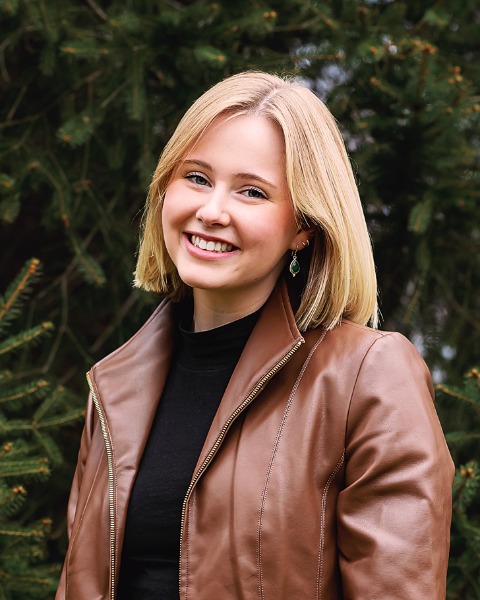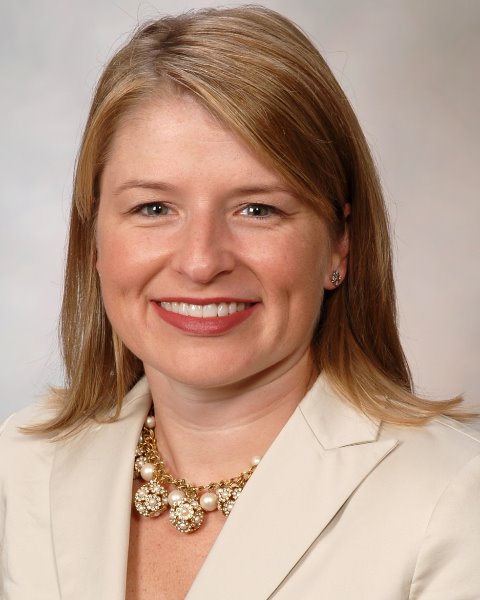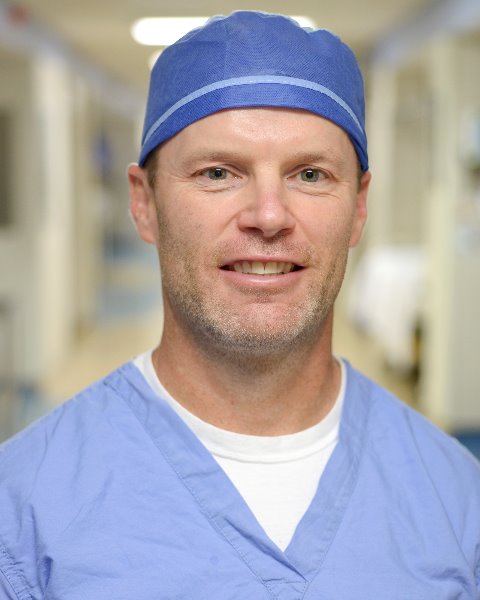Breast
E42: Implant Outcomes Following Breast Conservation Therapy in Patients with History of Augmentation Mammoplasty

Abigail Krull (she/her/hers)
Undergraduate Student
Iowa State University
Ames, Iowa, United States- LC
Lauren Cornell, M.D.
Assistant Professor of Medicine
Mayo Clinic Florida
Jacksonville, Florida, United States - LC
Lauren Cornell, M.D.
Assistant Professor of Medicine
Mayo Clinic Florida
Jacksonville, Florida, United States 
Abigail Krull (she/her/hers)
Undergraduate Student
Iowa State University
Ames, Iowa, United States
Sarah A. Mclaughlin, M.D.
Professor of Surgery
Mayo Clinic Florida
Jacksonville, Florida, United States
James W. Jakub, M.D.
Professor of Surgery
Mayo Clinic Florida
Rochester, Minnesota, United States- LV
Laura Vallow, M.D.
Professor of Radiation Oncology
Mayo Clinic Florida, United States - BR
Brian Rinker, M.D.
Professor of Plastic Surgery
Mayo Clinic Florida, United States - SM
Santo Maimone, M.D.
Associate Professor of Radiology
Mayo Clinic Florida, United States
ePoster Abstract Author(s)
Submitter(s)
Author(s)
Methods: A single institution retrospective review of patients with prior augmentation mammoplasty who received BCT for BC between 2010-2020 was completed. 1,739 charts were reviewed with 1,311 patients excluded due to lack of implants at the time of diagnosis, 107 due to subsequent mastectomy, 39 having no RT, 27 with implants removed prior to treatment, 4 having no cancer diagnosis, and 174 excluded due to death or lost to follow-up. A total of 77 patients met inclusion criteria and were contacted for study participation. Of these, 34 were consented and completed study survey which included the validated BREAST-Q modules on breast satisfaction, physical well-being chest, and adverse effects of RT. Demographics, BC diagnosis, and treatment data were obtained by chart review. Data was reviewed with primarily descriptive analyses. P-values were calculated from Fisher’s exact test and Kruskal-Wallis rank sum test.
Results:
34 patients responded to the study survey, with median age at diagnosis of 54 years and median BMI 24.5. 55.9% of patients (n=19) had silicone implants and the remainder were saline. Majority of patients (n=31) had retropectoral implants. Median total RT dose was 4005cGy and median age of implants at time of BC diagnosis was 16 years (range 2-40). Three patients had implants exchanged at time of BCT and 9 patients underwent subsequent implant exchange following BCT. 41% (n=14) of patients reported being dissatisfied with breast appearance following BCT, with median BREAST-Q RASCH score for satisfaction with breasts 47 (range 20-82) and for physical well-being chest 27 (range 21-82). No differences in breast satisfaction were seen in patients with silicone implants compared to saline (p= 0.171).
Conclusions: A large percentage of women are dissatisfied with implant appearance following BCT with RT. Larger studies are needed to determine contributing factors for dissatisfaction including implant type, location, RT dosing and fractionation.
Learning Objectives:
- Describe the large percentage of patients who are dissatisfied with implant appearance following breast conserving therapy in the setting of prior augmentation mammoplasty.
- Recognize that the type of implant placed does not appear to impact patient satisfaction following breast conserving therapy in setting of prior augmentation mammoplasty.
- Discuss with patients potential impact that breast cancer treatment may have on implant outcomes prior to undergoing treatment.
